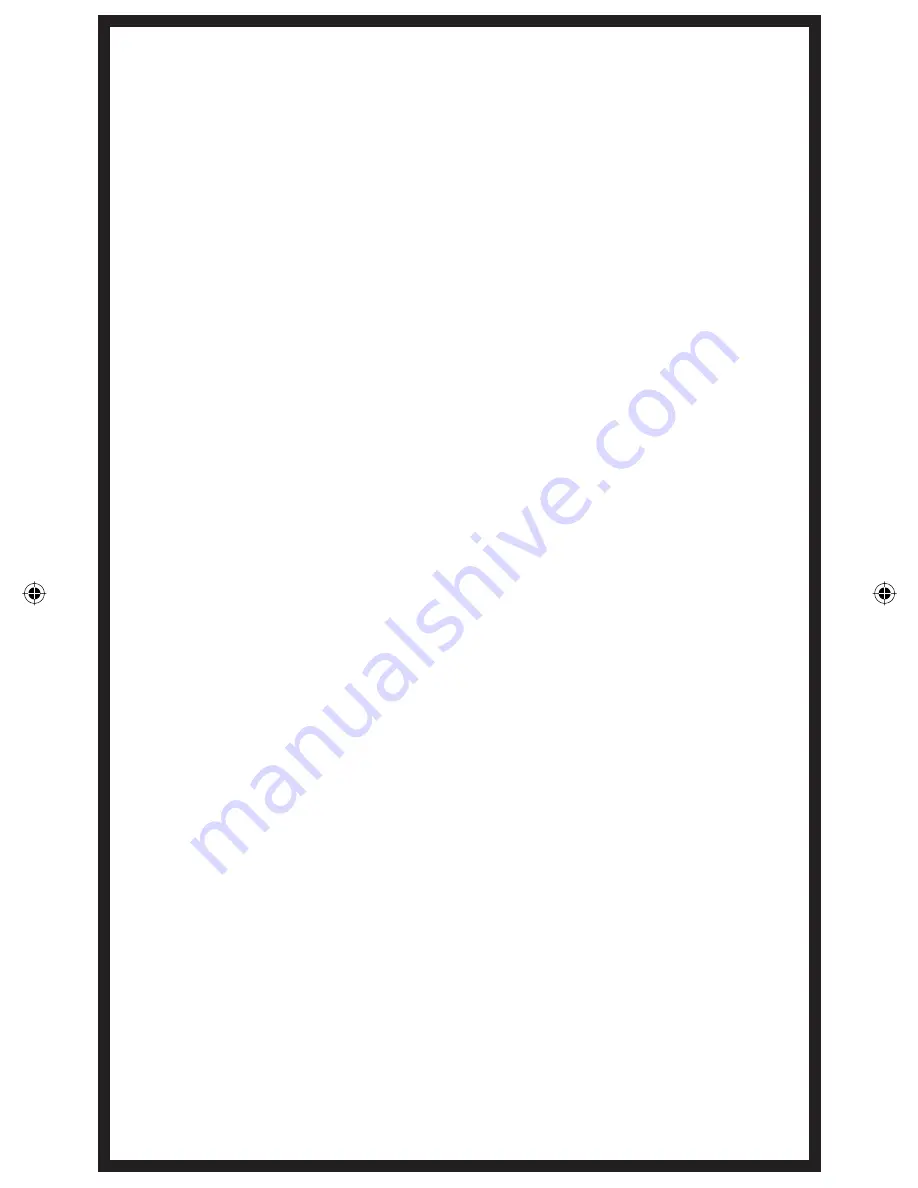
5
Rigging for maximum wind stability
1
If you have not already done so, peg out the corners of the tent.
2
If desired, peg out the ground loops along the tent sides.
3
We strongly recommend you peg out the four guyline anchor points
using the lines supplied. The guyline anchor points are the triangular fl aps
at the back corners and the mesh vestibule corners.
Adjust the guylines
so that they are taut, but not so tight that the tent fabric puckers.
The
guypoints should counter-balance one another for maximum stability and
minimum stress on the tent. The guylines may need to be tightened or
loosened as the tent fabric stretches or shrinks with dampness or dryness.
Important Note:
Use only the triangular anch
o
r points for attaching
guylines. The regular loops on the tent fl y are intended only for holding
the toggles when rolling up panels for access or ventilation. Attaching
guylines to these loops can damage the loops and/or the tent fl y.
Ventilating the Tent
Proper ventilation is the key to minimizing condensation in any tent.
Keep fabric doors open as widely as the prevailing weather permits. If
bugs or drafts aren’t a problem, leave mesh doors open too. Crack each
door open from the top down; warm, moist air rises and will escape
through high openings. If the design of your tent allows, keep openings
at both ends or both sides of the tent to allow air to fl ow through for best
ventilation. On very hot nights, when you are confi dent there will be no
rain or dewfall, you can leave the fl ysheet off and use the inner tent alone
as a “bug tent.”
Disassembling the Tent
When taking down the tent, do not stress the poles and fabrics. First,
disconnect guylines and release the tension from the tent. Next, release all
the poles. If your tent has pole sleeves, push the poles out of the sleeves
instead of pulling them out. To minimize the stress on the bungee cord in
the poles and to speed disassembly, fold each pole in half fi rst, and then
fold down towards the outsides, two sections at a time.
Packing the Tent
If possible, fold and roll the tent rather than stuffi ng it into its sack—rolling
makes a smaller package, and causes fewer creases in the polyurethane
coating. The tent and poles may be carried separately for easier packing
or load sharing.
Funhouse 6 eng.indd 5
Funhouse 6 eng.indd 5
3/1/05 2:36:23 PM
3/1/05 2:36:23 PM







